________________

rauan klassnik: as far as writing goes where, if at all, do you draw the line?
penny goring: words or pics, it’s all the same to me, i don’t draw lines. my exes mum, after reading a poem of mine, he told me she sed to him: ‘someone needs to get her to stop. will she ever draw the line?’ but i won’t. because i don’t want to. if something happened to me it is mine. i can do what i like with it.
rk: some people think that all Art comes from the way Male and Female bodies talk to each other, violent, gentle, in shadows, and in light. whatcha think? (and please elaborate)
pg: i’m always deeply cringing at any sweeping statements about what art is or isn’t etc. ugh. i’m not comfortable with the capital A either. being an artist feels more like a curse to me. i ran from it for what felt like a long time. but i got into lots of trouble, nearly died, ended up in rehab. so now i make stuff but i’m doing it compulsively. its like i’m a donkey chasing a carrot. and i put out too much work. i treat tumblr, facebook, twit, like a wall in a studio, not a show. if i’m working on it i’ll post it. that applies to my macros, vids, and written work. but then i’ll go back, within minutes, days, or weeks, and delete most of it.
rk: the movie Ted and Sylvia is, undoubtedly, one of the great movies of our time. but which of the two, if you had to choose, would you take with you on a weekend full of rain? (and please elaborate)
pg: i haven’t seen this movie. i’d have to leave sylvia out. feel like she’d be pretentious as fuk. ted must have been at least charming though, judging by the trouble he caused. i bet he was a sociopath – that could be fun.
rk: do you go for midnight strolls on the moors? and even if you don’t could you please describe what that’s like?
pg: me alone lolloping, cuz i like that word, on spongy shagpile/bare feet, n i’m takin giant strides under a low sky of children’s b&w; handprints, forming the face of mata hari, no, myra hindley, starin me out with her one good eye. soundtrack of my moors is the smiths wailing on the wrong speed and i’m carryin a cold baby, we’re running towards a bus stop. where i sit in the shelter with a stranger. he passes me a cigarette. when i say thanks, he sez: ‘go home, you fuckin londoner.’ it’s raining cheap cider. cathy is dead. she didn’t even leave a ghost. on the top deck of the night bus i sit behind kate bush – she’s snogging heathcliffe until he turns to dust in her arms, and by the time we reach clapham she’s wailing that song out the window.
rk: what do your parents think of your writing?
pg: if my dad reads my stuff it makes him cry. my mum is a big janey smith fan, she can’t stand my stuff, finds it ‘weird and depressing’. sed she’d like to gun down every art tutor that helped lead me to this tragic end. if i’m making pics they think i should write. if i’m writing they think i should paint. every time i see my dad he begs me to get real and write a best seller. and i say, but dad, if i stop making the stuff i wanna make, i’d likely end up back in the gutter. and he sez, well, marry a rich man then. so yeah. i’m their costly heartbreaking disappointment.
 Penny Goring hatefuck the reader
Penny Goring hatefuck the reader
5everdankly
“i have less desire to change things than to change the way they are destroyed.”
sik nu epic & relentless txt from penny goring. long stewing latest book buy irl.
Édition: 666. Éditeur: 5everdankly. Publié: 28.janvier2016. Langue: Anglais. Pages: 98. Reliure: Couverture souple en dos carré collé. Impressionintérieure: Noir & blanc. Poids: 0,2 kg. Dimensions: (centimètres) 15,24 (largeur) x 22,86 (hauteur)
Excerpts
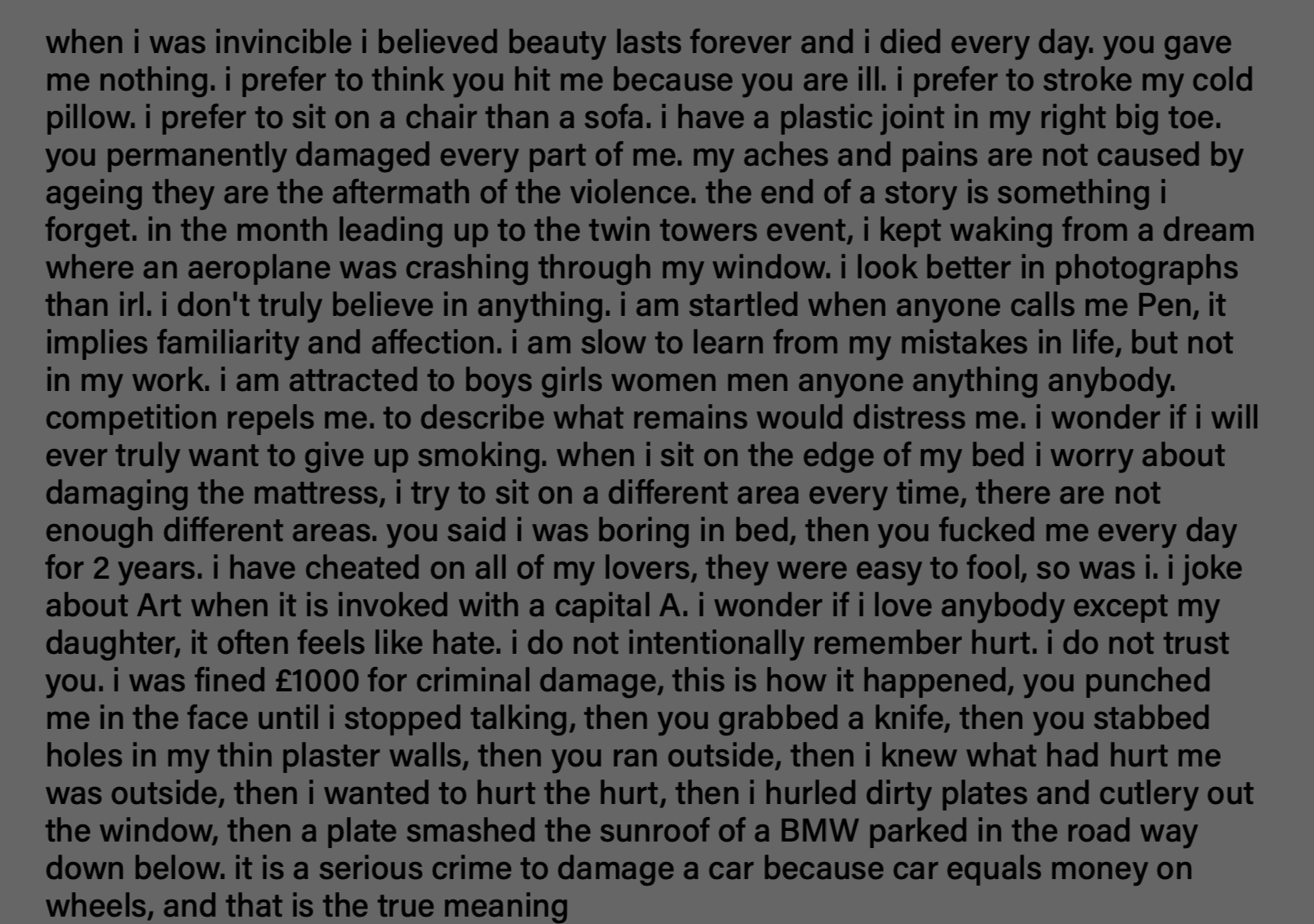
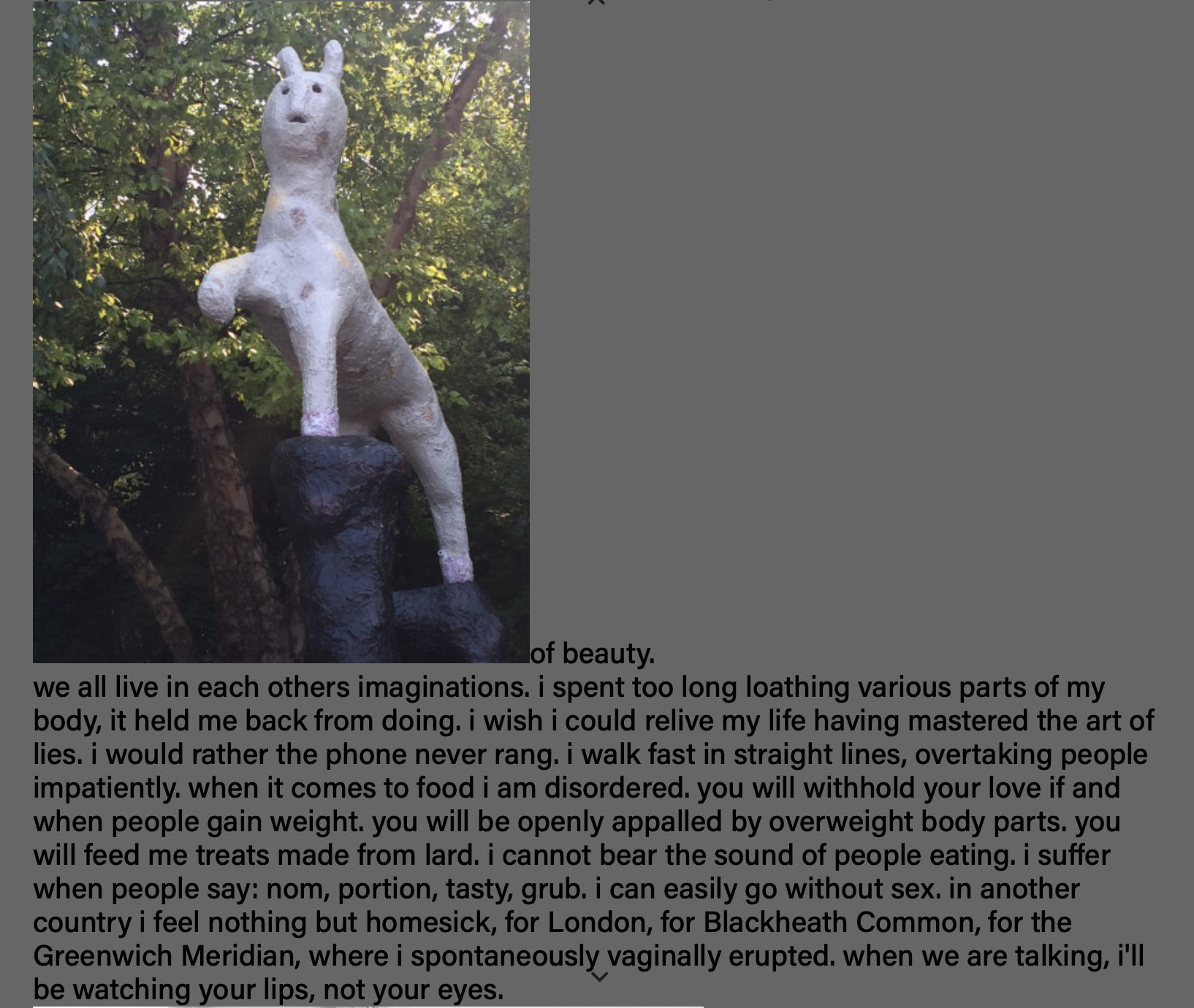


Extras
v fast blu x 6
melty doors of yes/no
___________________

‘In “The Animal Mode of Inescapable Shock,” Anne Boyer writes, “If an animal is shocked, escapably or inescapably, she will manifest deep reactions of attachment for whoever has shocked her. If she has manifested deep reactions of attachment for whoever has shocked her, she will manifest deeper reactions of attachment for whoever has shocked her and then dragged her off the electrified grid. Perhaps she will develop deep feelings of attachment for electrified grids. Perhaps she will develop deep feelings of attachment for what is not the electrified grid. Perhaps she will develop deep feelings of attachment for dragging. She may also develop deep feelings of attachment for science, laboratories, experimentation, electricity, and informative forms of torture.”
‘In her book-length collection of essays, A Bestiary, Lily Hoang explores this complicated relationship between abuse, attachment, affection, and autonomy. Juxtaposing fragments of the author’s personal life and other ephemera, Lily Hoang weaves together images of rats, tigers, fairy tales, a dead sister, Asian/Orientalism, time, an abusive ex-husband (a self-described anarchist who demands alimony), myth, memory, an occasionally lying, occasionally cheating lover, family etched onto the body, feminism, teaching, an addicted nephew, violence, compulsion, and one night of hedonistic pleasure with an old school friend. This structure, like Tender Points by Amy Berkowitz or The Argonauts by Maggie Nelson, works best when the fragments speak to each to create a whole, something larger than the sum of its parts. Hoang’s A Bestiary accomplishes this through both subtle and clever means. …
‘As the book’s title suggests, there is no shortage of beasts in this book, both animal and human. The humans in this book treat each other badly and then try, sometimes, to do better. They struggle against addiction and their own asshattery; they feel the pull of family like thread sewn just beneath skin. They drive 500 miles to visit their lover who lies. They themselves lie. They burrow into friendships, into teaching, into fairy tale and myth. And alongside the humans, the beasts roam, both symbol and salve. Rats run mazes and press levers, tigers haunt villages, goats are both feast and sacrifice, rabbits perform cunning tricks, and in the Great Race, the pig always, always finishes last.’ — Melissa Reddish
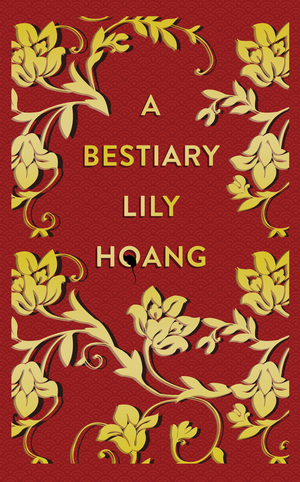 Lily Hoang A Bestiary
Lily Hoang A Bestiary
Cleveland State University Press
‘Rarely have I come across tenderness, venom, and fire held so intimately, so exquisitely, as in Lily Hoang’s A Bestiary. This book would be impressive enough as a collection of finely-forged fragments, but as it weaves itself into an even more impressive whole, my hat came off. Lily Hoang writes like she has nothing to lose and everything at stake.’ –– Maggie Nelson
‘A Bestiary is a work of great subtlety, precision, intelligence, daring, and emotive keenness. It seems completely contemporary (by which I mean that it is unlike anything I’ve read and that it makes me want to change my own writerly procedures). With headlong, reckless, improvisatory gestures, Lily Hoang prompts us to rethink what literature today can dare to aspire to. Her intellectually magnanimous book’s position on the threshold between recognizable ‘literature’ and some other vanguard form of performance/utterance made me feel happy and stimulated and dizzy (in a rapturous way) while I was reading it.’ — Wayne Koestenbaum
‘The most perfect use of fragmentation, myth, language, fairytale, and terrible beauty that I have ever seen in my life. I’m swooning. My faith in what writing can be has been restored.’ — Lidia Yuknavitch
Excerpt
On My Birthday, Dragons, & Intestines
Today, I am thirty-three, the year of Christ.
My parents are devout Catholics. Before my sister is dead, she is a perfect failure of a daughter. To God, they ask: why?
My dead sister’s son puts heroin through his body. He calls it: dragon.
Because he does not remember it is my birthday, my lover says today is sarcasm day—when all of Facebook does.
My hypochondriac mother on odysseys to explain sadness, because it must be something physical. Until—her insides push outward: uncontrolled liquefied shit: while driving, in stores, not quick enough to the toilet: its stain and stink. Its embarrassment.
Cancer does not explain my mother’s sadness, but they prescribe her SSRIs all the same.
They prescribe her medicinal marijuana pills to bring appetite back, to disrupt pain. When I tell her what they are, she throws them in the trash. Drugs, she says. She says, No, both words in English, to show how bad drugs are, medical or not.
I write a story in which I list out my parents’ prescriptions—the battle of journals to publish my Asian American plight.
I disgust.
I write an essay in which I list out my prescriptions. It feels too honest, but I publish it anyways.
I am not worth a nickel of shame.
My dead sister’s son, I can’t imagine how the cessation of dragons feels, his fall.
From one map come others, centuries ago: Here there be dragons, at the edges of our flat world, but there were never any dragons.
The amount of medical marijuana I smoke daily. For me—psychiatrically—it is prescribed: legit.
Many months ago, a friend gives me a bottle of oxy. I crush them up and snort.
Many days after that, I am reading at a conference in Denver and I am rationing my lines and I remove my intestines into the toilet of my hotel room, I gather all my shakes and fevers and sweat it on out. I am a ghost. Imagine the dragons.
Is it bad that I continue to check social media, counting the well wishes for a birthday that portends death and resurrection?
My mother on the edge of the world, hardly surviving.
I remember—the shadowing of her skin, how warmth to her feels like ice—the perpetual motion machine of excuses for my absence.
I cannot handle my mother’s sickness. It is not fear of contamination. It is simple fear.
My simple fear: death—hers, but that doesn’t happen yet, instead I have a dead sister and we are all guilty.
Bhanu, writing me a letter that will one day add up to become a book, about the rape of a woman in India, her intestines mashed up with a metal pipe.
My father smokes a pipe. Daily, my mother warns him of cancer, using herself as proof.
Yesterday, an explosion. My lover texts me: an explosion. I take pictures as proof, as memory, the building was vacant, intestine intact.
Later, he says: All the other guys’ girlfriends took way better pictures. I say: I’m not your girlfriend.
I don’t say this. I’m lying. But I wish I’d spoken up, for proof that we no longer are, or maybe his mind is changed, but it isn’t—I know.
Extras
Lily Hoang – Fiction
Lily Hoang Reads from Changing
_______________
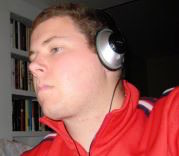
‘My mother was a librarian and so after school each day I would get dropped off at the library. After finishing my homework and eating a snack bag of Doritos, I would start to read — it started off with all of the children’s books, before I progressed to the teen books, designated by a small black bookcase that was relatively low to the ground where one would find your Sweet Valley Highs, your Christopher Pikes. I moved onto the ‘grown-up books’ — first starting with the non-fiction books; favorites were ones that were about places and people: Sally Ride, Oregon, San Diego.
‘As I got into my pre-teens I began reading the best sellers — the library was the smallest in the state of New Jersey and would often get only one copy of the book, which would be reserved well in advance by one of the patrons. This meant I would have between the time the book arrived and the time the person would come in to pick up the book to finish reading it, often sneaking into the back room to read as I suffered from horrible night terrors after reading Dean Koontz’s The Eyes of Darkness when I was eight and I did not want my mother finding out that I was reading something I shouldn’t. Most of the time I wasn’t able to finish the books in their entirety — I’d get a small snippet before someone came to pick it up, but it was enough to get a small sample of the plot and the language. Considering the majority of best sellers were thrillers or murder mysteries I would manage to scare myself half to death; not because of what was written, but because what I would imagine what happened next: a consequence of not ‘drinking deep’ and instead having my imagination fill the gaps with whatever horrible thing I could dream up.
‘The most memorable instance of reading what I wasn’t supposed to was when the summer reading lists would be sent to the county libraries in order to help students pick out what book they would most enjoy and to be prepared for a sudden surge of requests for Lois Lowry. There was a huge uproar because the books that were selected for the 7th going on 8th graders were considered to be highly inappropriate for the age bracket. Not yet 12 years old, I would overhear these conversations and immediately track down the books in question: A Clockwork Orange, 1984, A Handmaid’s Tale. These images of dystopian futures, oppression, and, especially in the case of Atwood, issues of gender and sexuality, shocked and terrified me. The nightmares became more vivid, and now they had subtext!
‘As a result of this, my reading habits have not changed much since I was younger: I look for writing that informs, that introduces me to concepts and worlds that I can think about and pretend to exist within. I also look for writing that will shake me to the core, that gives me a visceral reaction: of language that causes my face to scrunch up, or to nod my head, or to cringe or smirk. To me, words are some sort of magic code — a series of letters that when put together in the right order cause someone to feel something. I think that is an absolutely amazing thing: that a series of words will give me chills or alter my thoughts. It’s a powerful and wonderful thing, and something I always keep in my mind when I do my own writing.’ — Brian Oliu
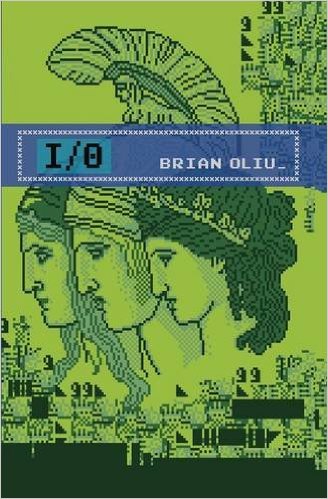 Brian Oliu I/O: A Memoir
Brian Oliu I/O: A Memoir
Civil Coping Mechanisms
‘C:\dir Volume in drive C is Brian Oliu Volume Serial Number is 2211-20E6 Directory of C:\ 1/1/2009 10:30a 15 ITHACA.EXE 1 File(s) 2,672,476,175 bytes 1 Dir(s) 0 bytes free C:\ ithaca.exe You are the first I’ve come on in this harbor Treat me kindly No cruelty please. Save these treasures, Save me too.’ — CCM
Excerpt
from Rappahannock Review
The Princess, The Stranger, and The Suspension of Disbelief
This is the biography of someone who does not exist. This is not because of the fog of remembering, that imperfect mechanism, the eyes and guise of wonder and the inability of recall data that was once burned onto metal, the compression of programs and instances and documents, all shrunk down to hardware, this physical manifestation, this enabler of all things, a vitamin, an extract. This is the story of a network, a spiderweb, the decaying of a reef and the inhabitants of living things inside this thing that does not exist that we are telling you about today as you run this program that also does not exist, this paradox, this explanation of things despite the framework of the network. There is an illusion here; we run an upgrade only to find out it is nothing, a virus tricking us into thinking these versions are linked somehow: a graphical upgrade, perhaps, a system being brought up to date and characteristics improved. Let us now praise you, O, majestic while in an internal or external social network, all information true but controlled. Let us now praise famous you, O, all information controlled and deliberate; exclamation points where there is no other way to show emotion, chosen words a summary of all of the good parts, a commercial selling point to no one, selling someone who does not exist, but someone who is loved dearly for the juxtaposition provided. The snow and the ice kept us from going anywhere back then, the cold air contrasting with the warm floor, my feet splintering and cracking like the sound of a dial-tone and computers connecting. I did not know how these things worked, a clicking of a button, an empty phone line that had to be kept open at certain points so that we could get reports from friends whose cars had drifted from the melted tire lines in the road onto the white powder causing a lack of traction like when running up and out of an emptied water basin, the slide down euphoric until having to make the run back up in my father’s white shoes and old army coat, my nose bloodied from the falls and face hitting ice where the neighborhood kids whose computers I later attacked and whose faces I never attacked poured water down the hill in hopes of having the ice build layers upon itself to make our sleds faster, make our runs faster, our tailbones bruised, our arms broken, our noses bloodied. As the static hisses from a foreign speaker, one never used for playing layered audio, a noise so mechanic, so emitted from the machine, I remember packing ice up my nostrils as the rose red blood dawned on the blank ice. I am going to die out here, my blood will freeze and it will grow dark and the children will leave me here at the bottom of this depression, the parents of the children will call their names and they will go running back to their houses with their red noses, get yelled at for not taking their socks off which had frozen over in the water and are now making spots of damp across the carpet before they take a warm shower and get ready for dinner, and I do not think I will ever be found; the eyesight of cars cannot see down into the pit and they will never see the garbage can lid I begged my grandmother to use, my father’s old coat in her attic, the blood mixing with the melted water as these conversations about memory and loss and my grandfather going on runs in the park and getting lost and my grandfather going on runs in the park and forgetting he went on a run in the park and going on a run in the park and getting lost when he had never gotten lost before while his grandson is lost in a crater of nothing, a structure assembled for a practical purpose but used for excitement and exhilaration, this dangerous fun of putting on layers and sliding into the inescapable.
This is the story of disconnect and the anger at disconnect, the sound of a modem clicking off, the slight delay while connected to someone, anything, and the blankness that follows, a message sent and no response, all and no things made possible by a hierarchy and packets sent across county and country lines. This is the story of failure. This is the story of trivial things and trivia, knowledge bases that exist only to be known, no practical usage, unimportant items of information, this collection of seeds, dead seeds that cause no growth or nutrition, three roads split. This is the story of informal conversation made formal. This is the story of a phone call to my house, a road not traveled, never traveled, of a room imagined. This is the story of neither of us knowing where to go at a certain point, myself with my bloodied noses and candied heart, blisters on my fingers from carrying books and the catching up of the body to the mind, the knowledge that there is something wrong, that things do not feel right and that there is a role to be played in this world that is horrific and pre-determined, that there are no choices in any matters, that all things are exercises and that you, with your brother dying and your Spanish mother, your hair bleached blonde to prevent them from ever finding out that your last name meant anything more than your last name, that there were people represented by text, that there were people represented by text that knew nothing of you, that they knew your response to questions, at-symbols before names, periods before responses like sentences in reverse like the upside-down question marks your voice had for me, this immediacy of language and inability to stop and think and formulate responses about what I loved about love and what I loved about you, what part of your body I wanted you to touch and words that I had just read about with doors closed, caches purged at disconnect, no paper trail, no knowledge of knowledge, no thirty-second lock-out for an incorrect answer, just a stream of incorrect answers perceived to be correct without a moderator, without a central server, no ping, no lag except for the signal-based event converting into function. Somewhere in New Jersey, we looked at animals in cages, tongues licking around bars, mouths sideways. We watched phone calls kill actresses, men in black sliding in between sliding glass doors, knives plunged into chests while your mother sat behind us shaking her head at the violence and the expletives, the first words she learned in English as a child, as we were, curious to find out what and where. We were not concerned with why. Our last conversation, you asked me why I did not sit next to you, why there was a coat between us, a coat we screamed over and I glanced over a few times, your black roots coming through the bleach, my elbows and forearms nowhere near yours, a question I could never answer.
This is the biography of someone who will not exist soon. A pretty girl with short hair and a lip pucker with something that cannot be fixed, error, her body will fail, it will fail, she tells you, in less words than that, more words than that, words you do not comprehend due to the directness of the statement, the directness of death, again, never understood. This viewpoint will tilt to the left and fall and this might be the last time you hear this, this might be the last time things run this way, and so we celebrate like we are young again, revisiting photographs stored in secret folders, disguising the people we think we love with numeric file names, not names, not placeholders buried under file structures and trees where no one would ever look, system folders with extensions never considered, orphaned files with no way to be executed, to exist vegetative and without hope of re-installation, outdated programs, games and tricks that remind you of elementary school libraries, one machine for us, all of us, a voyage to be taken, a problem to be solved while surrounded by book glue and the yellowing of pages, a converted closet, the small window we would peek into while going someplace we shouldn’t, descending.
Things make a noise before they die. A gurgle made by the accumulation of respiratory secretions, the inability to swallow, cold in the extremities no longer let to go about our business of building bodies, driving down coasts to make sure people breathe correctly while lifting burdens over and over for muscle memory (the holding of the breath does nothing), our business of handshakes and sleeping in and trying to remember what our body will not let us will to do. This sound, this rattle is meant to signify a passing, our lungs willing to suck in water and fluid like when we were born, the hot air expelled making a whirlpool in our throats, all things cyclical. What it is not meant to signify is one last breath and a chance for living, a sound of hope. Things make a sound before they die, a spinning click under the left palm, a scratched grind, a pushing of air through teeth before a timeless delay, before the erasure of everything and the end of function, the flicker of red lights, the pulsating blank of static. This is why cold nights, still alone, I imagine little deaths, les petits morts, you on top of me before the grand quickening, the busy wait spiraling and moving slower than it ever should, watching each rotation like a ceiling fan after the power goes out, counting each blade cut through the air and cut off power to muscles, instantaneous rigidity signifying the crystallization of the last activity before dying out, the ghost burn in, the proof of life before hitting the water. Stop. Stop thinking such thoughts, never finish on such thoughts, this final access before whatever it is that is broken breaks and you dead for however long it takes to become interested in the living, see that I thought such things, even for a second, this eroticism in dying, this desire to be needed, the power seen of desperate resuscitation, the pressing of palm over palm into breast, a gentle touch, never, it is all ephemera now, there is a job to do and not an awkwardness to be addressed, the return of spontaneous circulation or a declaration of death, the quick puffs of air and the lifting up of the chin being sloppily reduced to mouths pressed against mouths and lust for the dying. And so I am very sorry for all of this, these ideas that appear in my head of treating you like an object and a means to an end in this situation imagined by myself that do not correspond with the reality of you losing your beauty and your body, hair falling out before the explosion of a diver off the springboard, a life like a jump from a tower.
And at some point, there is a fear that this glow will end; clouds roll underneath where goddesses stand, no eye of Athene, a beam of heavenly light like a beatific vision, la gloriosa donna della mia mente seeing me as I am, no longer enhanced by light and distance, angles and the blurring of lines and the matching of skin color and resolution, this scouring of the earth for an ideal that I can attach myself to somehow yet still stay hidden, that there is some sort of work to be done before I vanish, some advice to give and someone to make happy regardless of who I am and what I have stood for, that there needs not be any visual to be able to listen to what I have to say and care for, but there needs to be something to set me apart from all things humble, all things that I am. There will be a time of serendipity and exposure, stature smaller, curls like rotten flowers long after bloom, all faults larger and I have no choice but pray it will be gradual, that the light from the gods will not go out suddenly like a tripped breaker, all things dark and hideous, dark and real. And so I must set sail and cut off all communication, no reply to distant calls and the temptation of sex and breasts, never bathing in the river, never free of the brine that transports heat from place to place, the salt preserving and aging, and I must pray for something else, something better while the waves break around me, a gift from the churning rage of water.
Extras
Brian Oliu reads ‘Super Mario Bros.’
Brian Oliu reads “Maniac Mansion.”
_______________

Bushwick Review: You have said that, “Both my writing and my art centers around the self [female] in relation to the external… I feel as if the female self is always under a certain pressure to perform externally and often her internal needs/wants are sacrificed to play out this role that she is cast in.” I am interested in this statement and would be interested in hearing you expand on it, if you wanted to.
Gabby Bess: I think the best way I can elaborate on that statement is to link you to this video of Nicki Minaj talking about the concept of ‘bossing up’.
I think that its still true that women have to work harder and do more to be perceived at the same level as their male counter parts. I love when Nicki says, “You have to be a beast. That’s the only way they respect you.” I think that writing from a female perspective is so valuable because it is still under those constraints. It is constantly proving itself. It is trying to go against being thrown into the ‘feminist art’ ghetto or the ‘chick lit’ ghetto. I look at the line up for most lit mags and I see maybe three or four, if that, female writers sprinkled amongst the men. What is their excuse? We’re not hiding. We’re not hard to find. We’re here. As anyone can see by looking at the 25 female names on the contributors list for Illuminati Girl Gang, we’re right here.
It breaks my heart at the end of the video, after she completely slays everyone and comes across as such a badass, so intelligent and aware, when she says, “Don’t use this footage. It’s just going to make me look stupid.” She has this look of exhaustion on her face and I just want to hug her and say thank you.
BR: Can you mention some favorite female writers and artists that have been on your mind recently? Can be living, dead, close friends or super famous.
GB: Lately I’ve been really getting into Tracey Emin. She was recommended to me by my friend LK, another hard-working lady who edits the lit mag Shabby Doll House. I love Tracey’s installation work, particularly Everyone I Have Ever Slept With (1963 – 1995), (1995). I just love that piece because it explores themes of intimacy, voyeurism, and sexuality in a very open and honest way. Which I feel I aim to do in a lot of my work. Through the medium of a tent the piece creates a ‘private’ space within the public context of a gallery which I think really speaks to the notion of women having to always carve out their own little safe spaces.
As far as women writers, I just went on an amazon binge and felt really proud of myself for supporting my contemporaries and only slightly bad for spending $100 so quickly. I just bought Ana Carrete’s Baby Babe, How Should A Person Be? by Sheila Heti, and Green Girl by Kate Zambreno amongst some other things. I read those three within the span of two days and they all made me feel very good to be a woman writer.
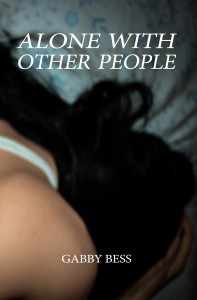 Gabby Bess Alone with Other People
Gabby Bess Alone with Other People
Civil Coping Mechanisms
‘What Gabby Bess captures with her words is the beauty of a fragile time and place. In this collection, she evokes what it means to be young, to be a woman, to have both feet firmly planted both in this world and the virtual. She asks fascinating questions like, ‘Is anyone moved by the plainness of raw skin anymore?’ She makes you trust she has the necessary answers with intelligence and confidence. In this book, Bess builds an identity for herself and tears it down and builds herself anew. It is breathtaking to behold.’ — Roxane Gay
‘Gabby Bess’s Alone With Other People orchestrates an impressive catalog of young human want with a uncompromising style. In the span between its first phrase The sex can be rough and its last sentence, Panic., the reader forward through a virtual rolodex of self-inquisition shaped by boredom, horror, aspiration, fear for future, wonder, lust. There’s a lot of intense light coming off this book full of screens and suns and large black dots.’ –– Blake Butler
Excerpt
Extras
89plus Marathon 2013: Gabby Bess – A Reading
Gabby Bess: Post-body
________________

Where did the idea come from for the book?
Jeremy M. Davies: Exposure to cosmic rays. Living in Central Illinois for altogether too long. Daring myself to write a book without using any similes or falling back on my usual tricks. A casual conversation with a couple of cat-owners about the perils of leaving over-complicated instructions for the people they’d gulled into taking care of their pets. Which led me for some reason to speculate in turn on the (comedic, ontological) potential of leaving instructions that, like Conlon Nancarrow’s player-piano rolls, could never actually be performed by a human being, or that, like certain compositions by La Monte Young (among others) function more along the lines of a “happening,” without a concrete or controllable result intended (release six butterflies into the room while petting cat #7 lengthwise with a dough whisk). And then, further, imagining how a person confronted with such instructions might react, if he or she took them in deadly earnest and read into them some greater significance. What it might mean, indeed, to live or think in such a way that something so formal yet inconsequential and ridiculous might creep out into your life and even the world at large and start wrecking up the joint.
What actors would you choose to play the part of your characters in a movie rendition?
JMD: My first novel, Rose Alley, is rotten with cinema (or cinephilia, I guess). I don’t think I left much room for adaptation here. I have no idea how anyone would go about it, so I’ve never given it any thought, nor would I know how to begin. (That said: Ben Rivers, call me …)
What is the one sentence synopsis of your book?
JMD: I can write very long sentences, you know. How about: “Fancy purports to be a series of instructions given by an elderly shut-in to a young couple who’ve come to pet-sit his many cats while he’s away on an uncharacteristic trip abroad; but his continual comic, erotic, and surreal digressions range far from his intended subject, leading to hints that something sinister underlies his peculiar lifestyle, and that his protégés’ duties might not be entirely as advertised.”
Or, if you prefer, Henry James’s Wittgenstein’s Mistress?
Or, H. P. Lovecraft’s Cat Care Essentials?
How long did it take you to write the first draft of the manuscript?
JMD: About four years.
Who or what inspired you to write this book?
JMD: The absence of anyone or anything to inspire me to write a saner one.
What else about your book might pique the reader’s interest?
JMD: It has some pretty filthy bits for all it isn’t meant to rely on the same tools as Rose Alley, which is “purple verging on blue,” as they say. There’s also a fair amount of slapstick, repetition, philosophy, and strange happenings on trains. Oh, and cats. Probably.
 Jeremy M. Davies FANCY
Jeremy M. Davies FANCY
Ellipsis Press
‘An elderly shut-in delivers a series of pet-sitting instructions to a young couple who’ve come to watch over his many, many cats. A story (or series of stories) about the ways that methodical, abstract systems interface with messy, personal obsessions, Fancy is a kissing cousin to the work of both the late Henry James and the early Thomas Bernhard: an object lesson in how our need to make sense of the world winds up devouring it whole.’ — Ellipsis Press
‘Whether it dissolves a genre or invents a new one, Fancy will be the most weirdly riveting and beautifully composed book you read this year. In an unlikely literary sleight-of-hand, Jeremy M. Davies transforms an agoraphobe’s catsitting instructions into a virtuoso meditation on being, perception, and solitude. He has written an utterly original novel with the fever of a Bernhard monologue and the command of a Schoenberg score.’ — Eric Lundgren
Excerpt
Rumrill said: On a day when my employer still remembered his wife, he told me the story of how she and he had reacted to the news, conveyed by our neighborhood doctor, that she would not live to see the end of whatever season it then was when she and he had wended down their sovereign thoroughfares to his (the doctor’s) examination room. The Brocklebanks had walked through the snow or dandelions to consult the doctor on the subject of those pains which occurred regularly in that part of Mrs. Brocklebank’s body of which she had lately been given cause to complain.
He added: Or do I need to slow down.
Rumrill said: Husband and wife removed their boots at the boot-check in the doctor’s anteroom, a space sunk the depth of an upright man into the ground, this upright man’s head at the level perhaps of the second internode of an immature Taraxacum—in which a collection of other white- or red-faced townspeople were already seated in the smell of worms and melted ice. Doctors are privileged to enter into contact with all strata of society, grouped as it is in large part into families of different sizes, possessed of bank accounts of different sizes, and checkbooks imprinted with all manner of watermark.
He added: The image perhaps of a surmullet: the fish used, I’ve read, as a primitive sort of television by the ancient Romans, on account of the many vibrant colors it turned as it suffocated and expired in the air.
Rumrill said: Our town doctor, perhaps of a mind to see what colors Mrs. Brocklebank might turn as she expired, agreed to see her ahead of the other citizens in his anteroom, other patients who had been there longer but whose families were not yet friendly—or not yet friendly enough—with their friendly GP: a man in late middle age whose kited, crenellated ears these recent initiates into the ranks of the unwell found comic, which fact they marshaled the vigor to comment upon even as they felt their vis vitalis sapped by whatever symptoms they had trekked through our lurid streets to ask said comically eared physician to diagnose. Seated and frustrated with the sight of Mrs. Brocklebank ushered with conciliation into the examination room when by all rights these other patients should have preceded her, the townspeople scowled through their rheum in piqued accusation of the husband, abandoned, as he brushed or rebrushed the snow or pollen stains off of his two boots.
He added: With an east-coast newspaper.
Rumrill said: The doctor in no time pronounced Mrs. Brocklebank to be host to a disorder not uncommon whose name and other particulars escape me. He told her, in short, that the processes that constituted Mrs. Brocklebank, citizen and organism, had in their wisdom and for a change of pace decided to leave off their usual obligations and turn instead to the ingestion of this same Mrs. Brocklebank—a decision not at all characteristic of said processes, given that the perpetuation of precisely this Mrs. Brocklebank had been their one notable responsibility to date—and then build with those same resources that had once been devoted to Brocklebankian continuity some other item or function or entity that, unhappily, was not quite the triumph of design that was our Mrs. Brocklebank, whatever her flaws, not least her terrible posture, and would therefore in its construction end with the probably unintentional murder-suicide of both the tenuous concatenation still named, despite this metamorphosis, “Mrs. Brocklebank” (and which would, tragically, remain enough of a Mrs. Brocklebank throughout the procedure to be aware of and suffer through the untenability of this incomplete and ill-considered reconfiguration of said resources), as well as those very systems that had decided, for reasons of their own, to undertake this desperate improvisation.
He added: And which could not be reasoned with.
Extras

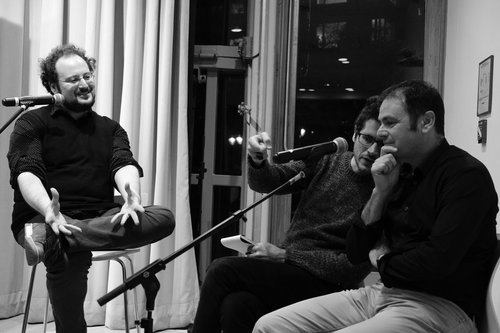
*
p.s. Hey. ** Dominik, Hi!!! Oh, gotcha, I was leaping to conclusions on the editing. Hm, well, of course I’m thinking, ‘Do it! Do it! Make videos or photographs!’ If only outside enthusiasm were enough. But I would love, love to see what you do. Ha ha, thank for that perfectly pinpointed love. Unfortunately said meeting got delayed until today, and even that’s a maybe. It’s hard, as I’m sure I don’t need to explain, to have a project you’re super excited about and really, really want to start making whose start point relies on other people and raising money. I’m sure I’m spoiled as a writer who’s used to not needing anything other than my own desire to start working. But that’s the reality. Thank you. Love giving you every camera and prop and setting and performer you could ever want, G. ** Billy, Hi, Billy. Thank you a lot for coming in here. I’m happy you liked the Saul show, and I’m particularly into those two pieces you mentioned too. Best case scenario: liking something but not knowing why can be a really good sign, at least when it happens to me. Thanks again. What’s up? How are you? ** _Black_Acrylic, Hi, Ben. Glad you think so. Oh, yes, Messi going to PSG is of course a very big deal over here. People seem to be all over the place about it. Mostly about ‘is he worth the huge dough’, ‘is he or is he not over the hill’, etc., but the hype is, yes, intense. ** Steve Erickson, That does sound chill. I might have to go somehow find it. Yes, actually, that thing about their aggression towards each other was explained by the guy who ran the place where we saw the little devils. On Tasmania, there are a lot of Tasmanian Devil meet-and-greet roadside attraction-type places that hype them as scary or cuddly depending on their angle. Based on my brief interaction, they seemed to be neither. Great sympathies to you on the heatwave. We continue to have a blissful non-summer as if fall arrived in early July. Nice, but ominously wrong. ** Gus CaliGirls, Hey, Gus. I had a weirdo/unpleasant reaction to my second vax shot so, yeah, understood. A number of pretty well known music artists du jour went that way while they were undergrads at Cal Arts in LA: The Liars, Ariel Pink, Carl Stone, Black Rebel Motorcycle Club, … My only official teaching stint I’ve ever had was in the UCLA fine arts/ sculpture department for a couple of years. Which I loved doing. Happy you’re feeling like your full self again. Enjoy maxing that out. xo. ** Okay. Today the blog gives you five books I read in the recent, oh, five to seven or so years that I don’t see people talking about so much at the moment but which I think are highly deserving of your readership. See if anything(s) click for you, please. See you tomorrow.
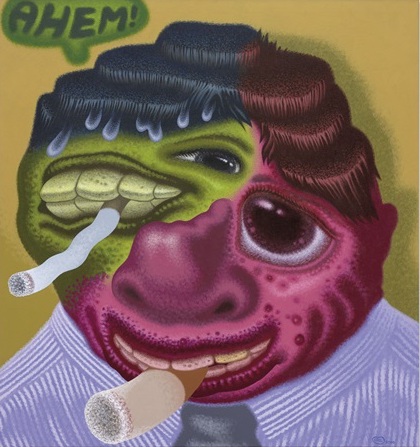
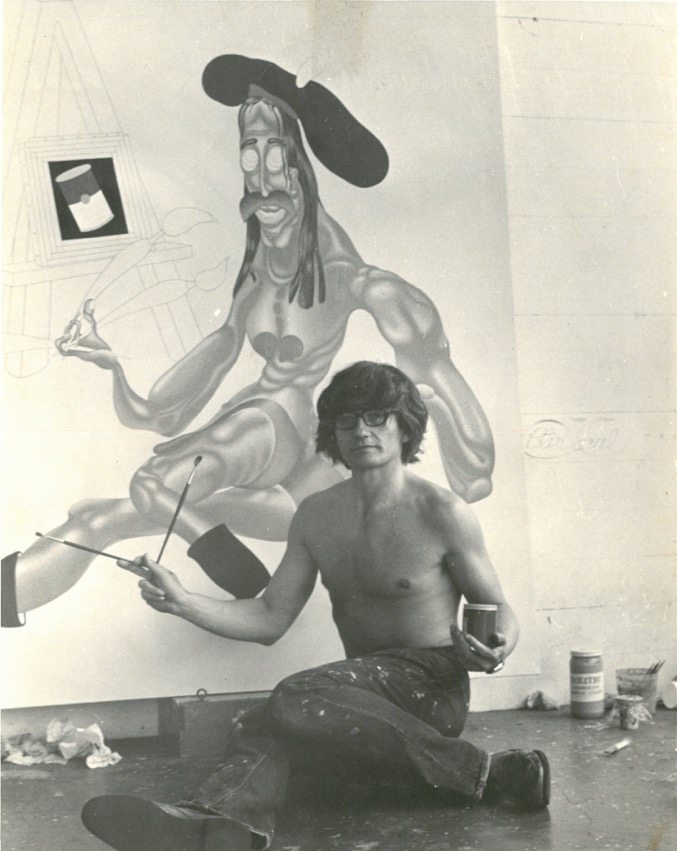

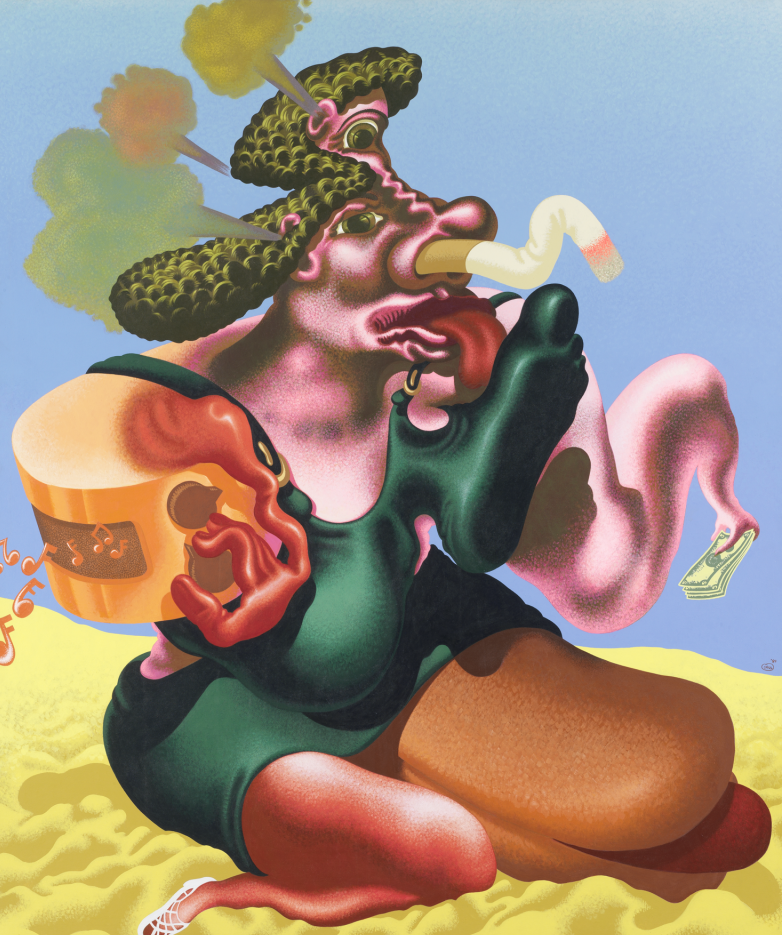

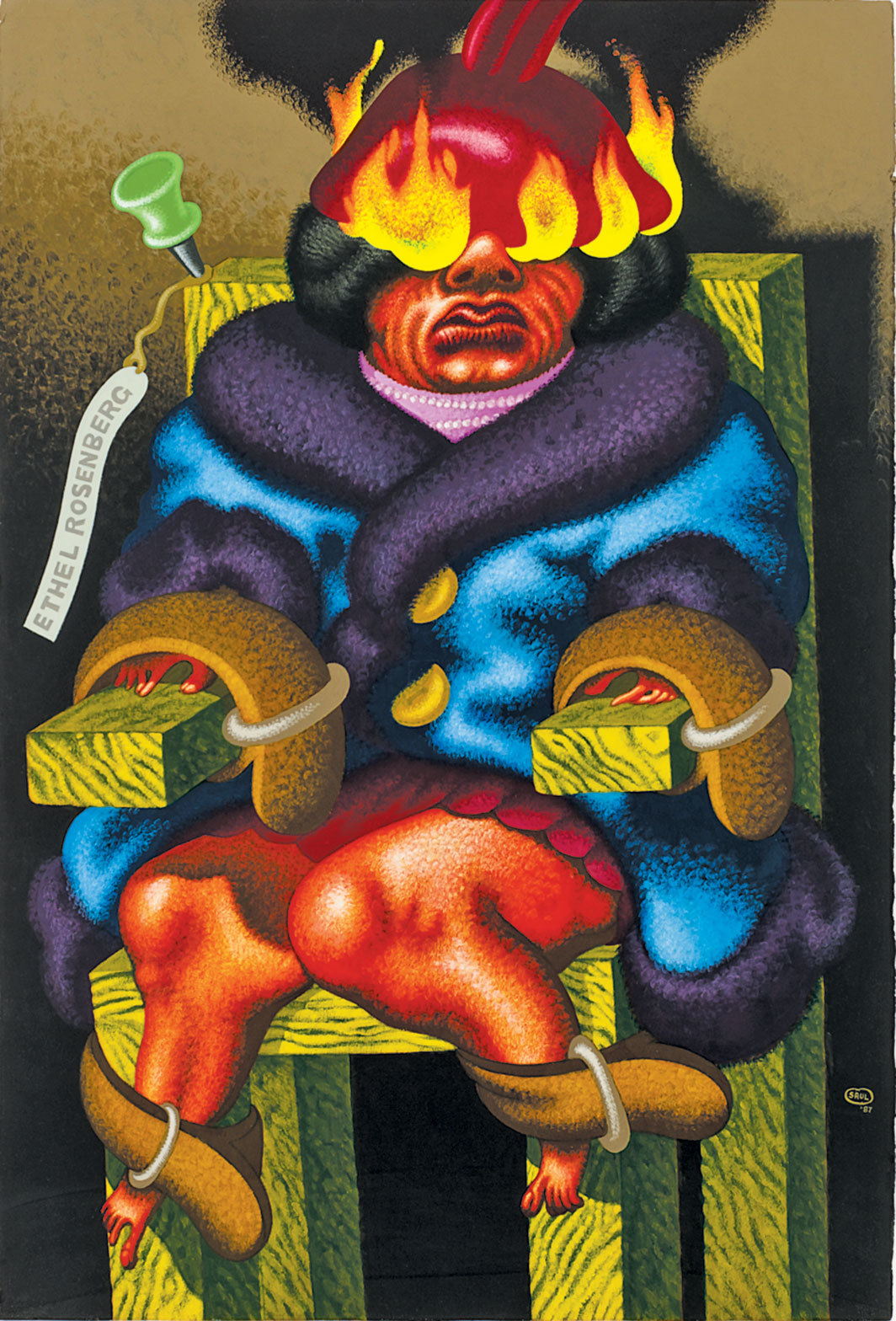
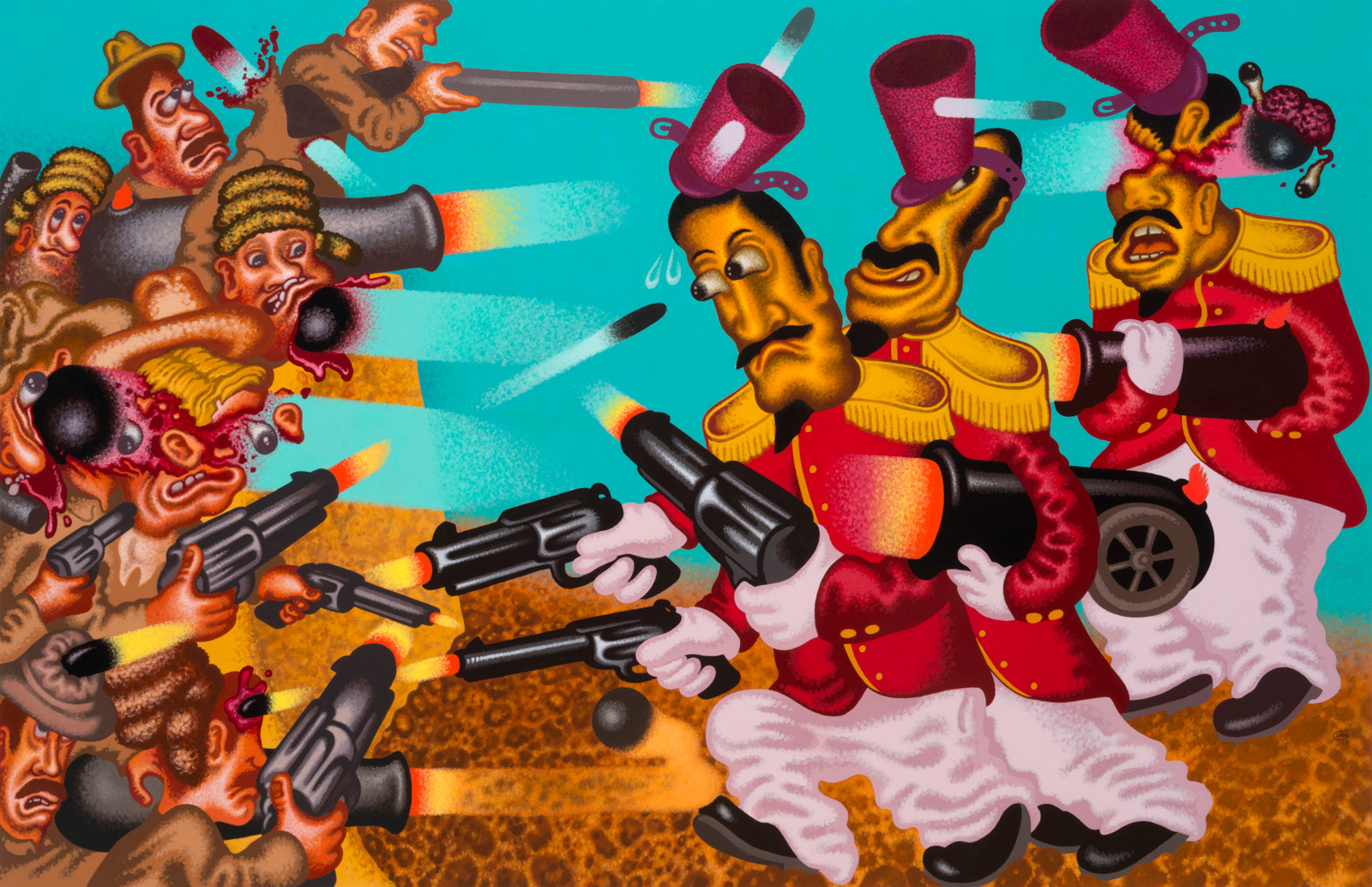
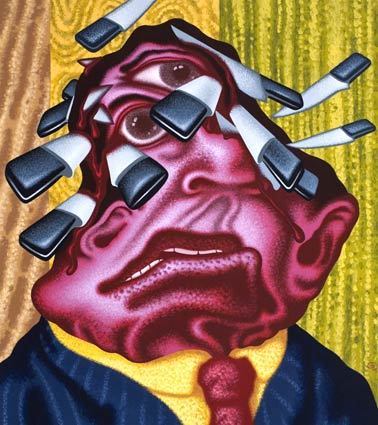
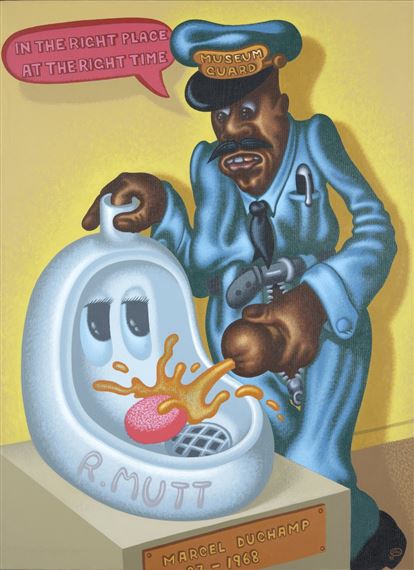

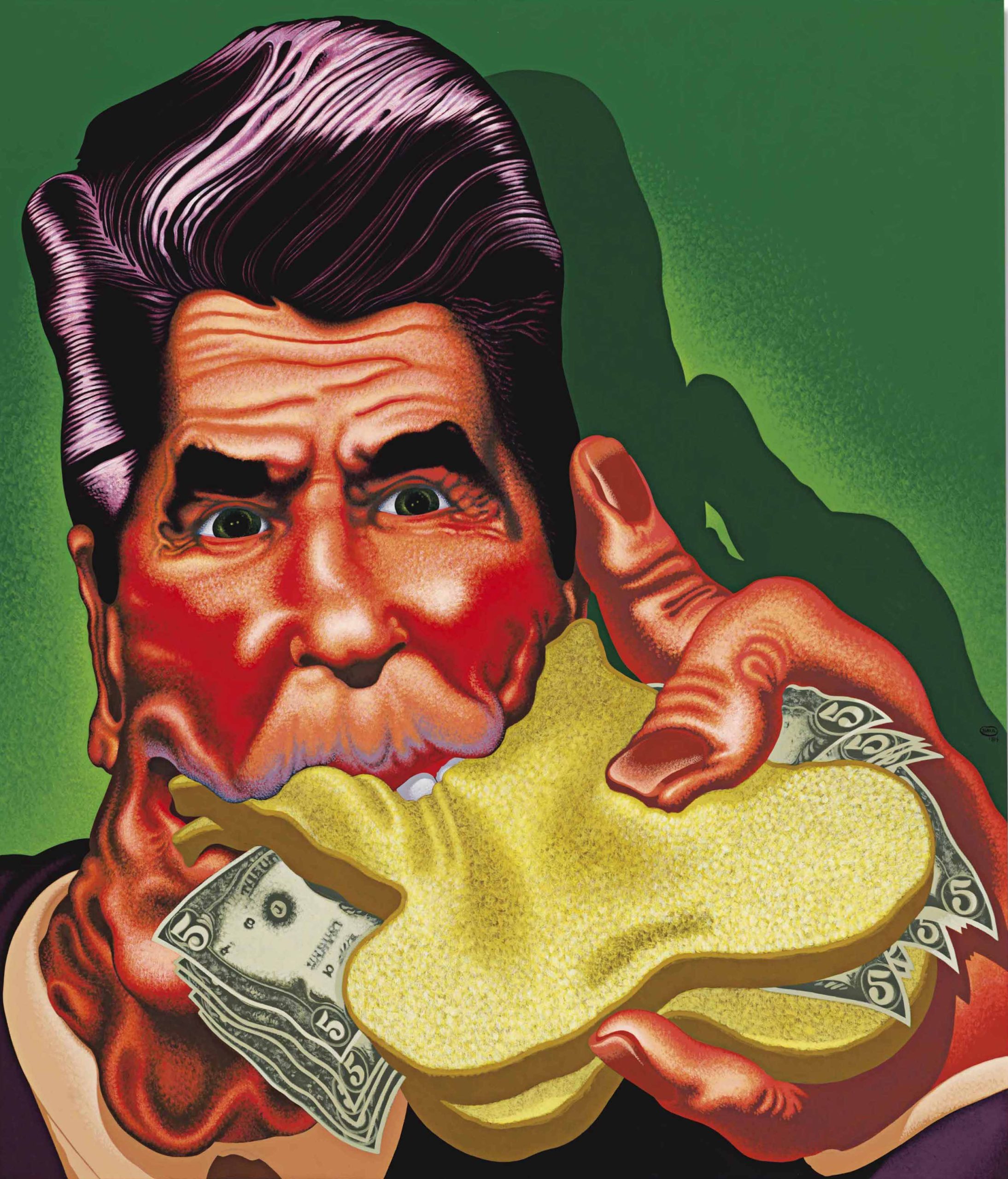
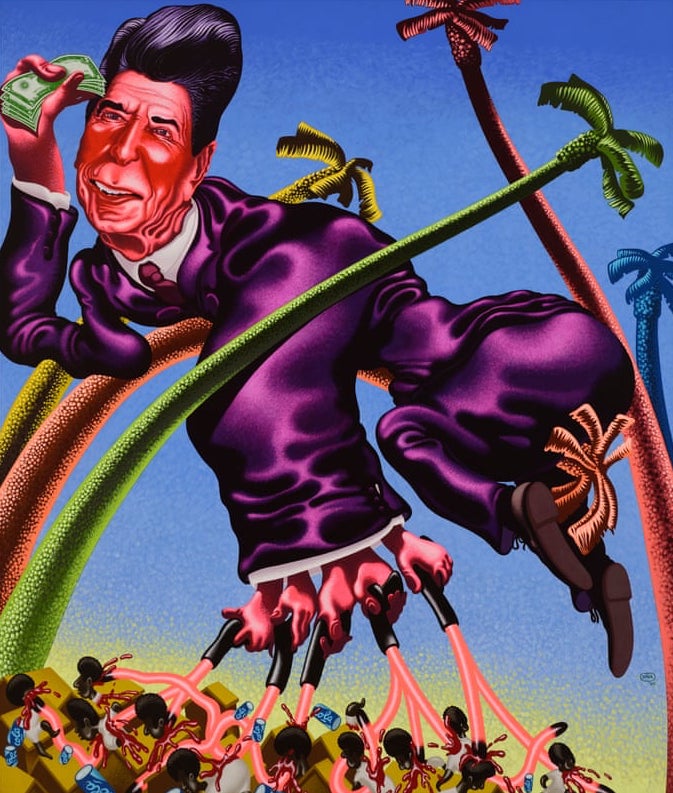
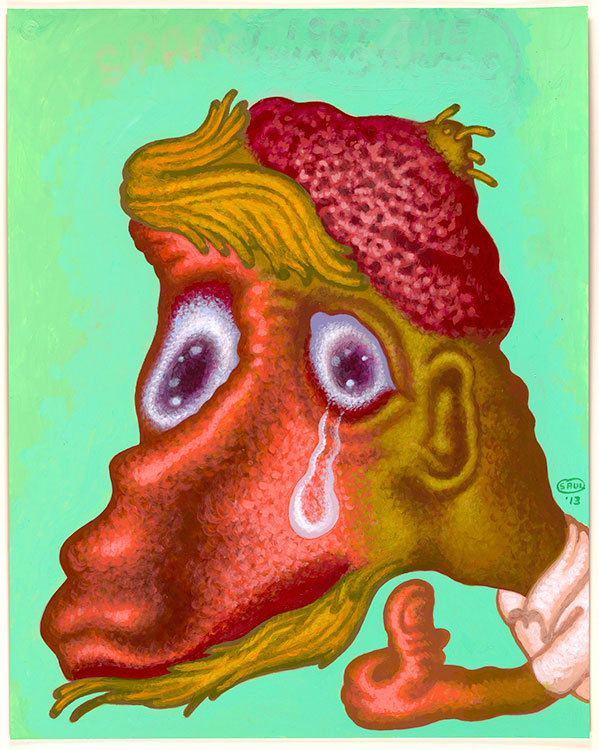
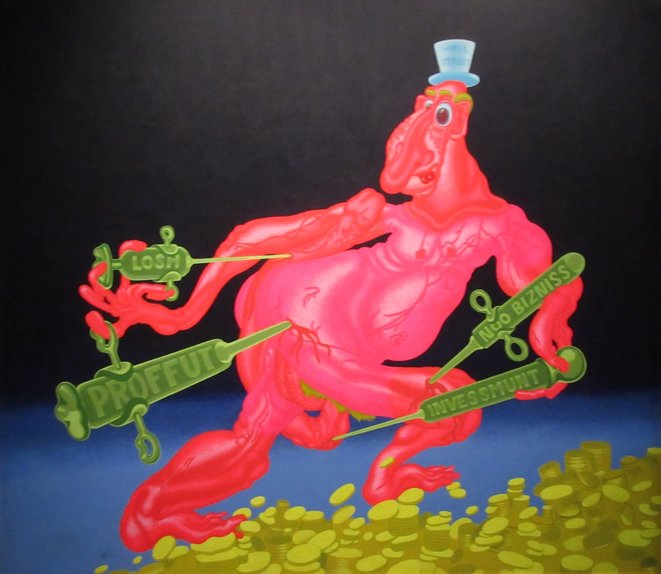

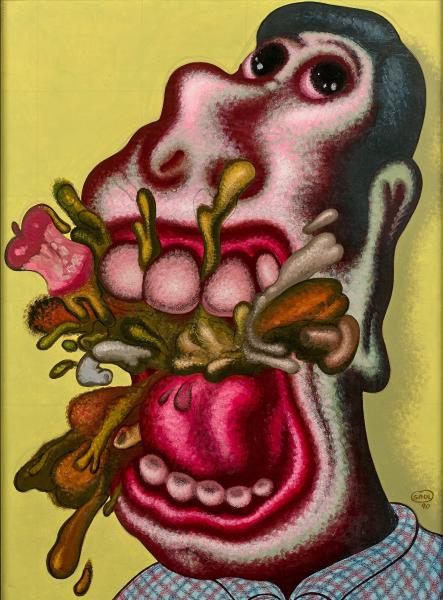
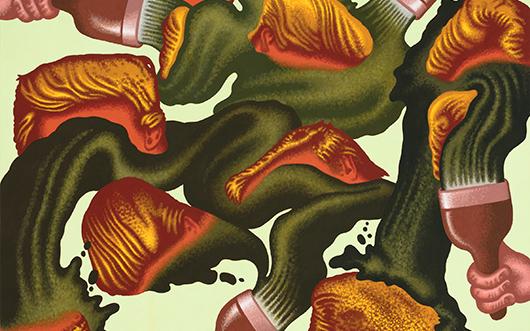
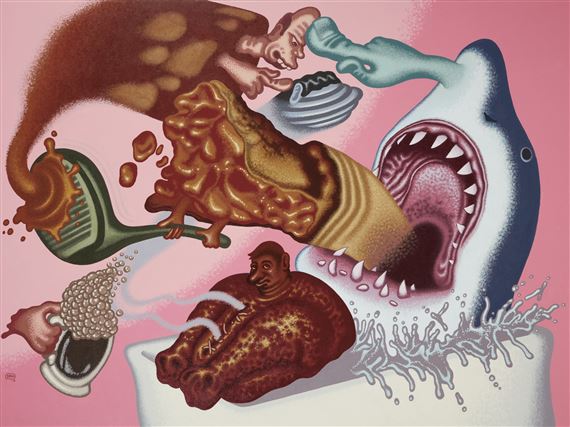
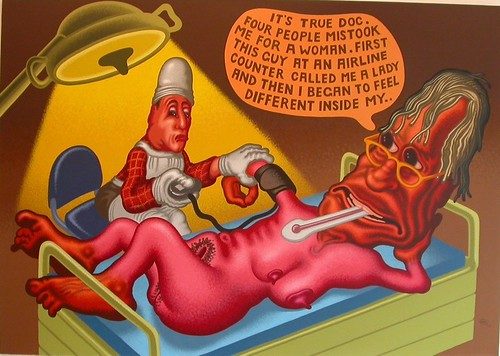

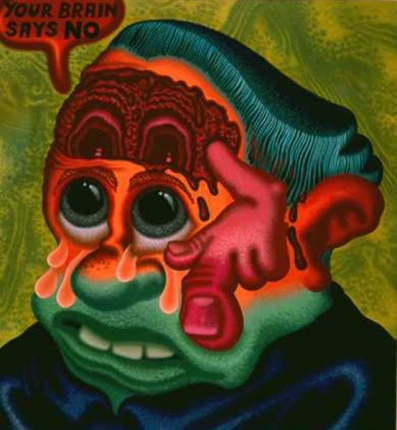

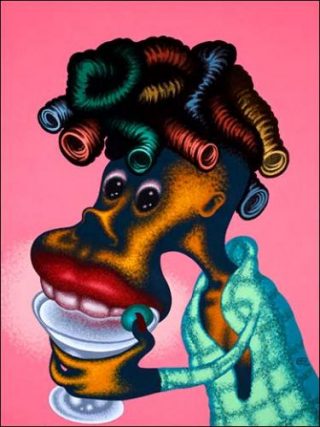

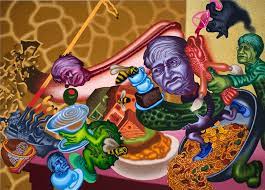

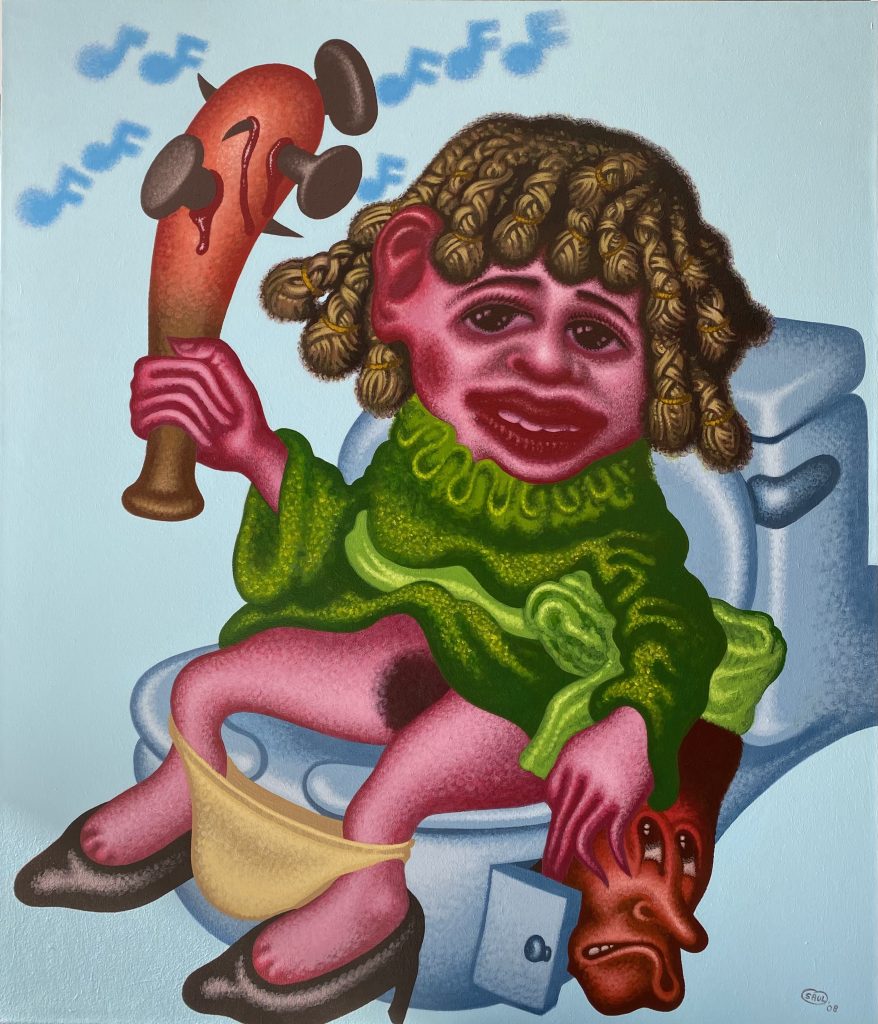




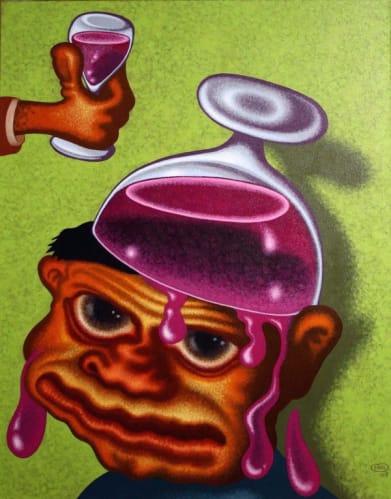

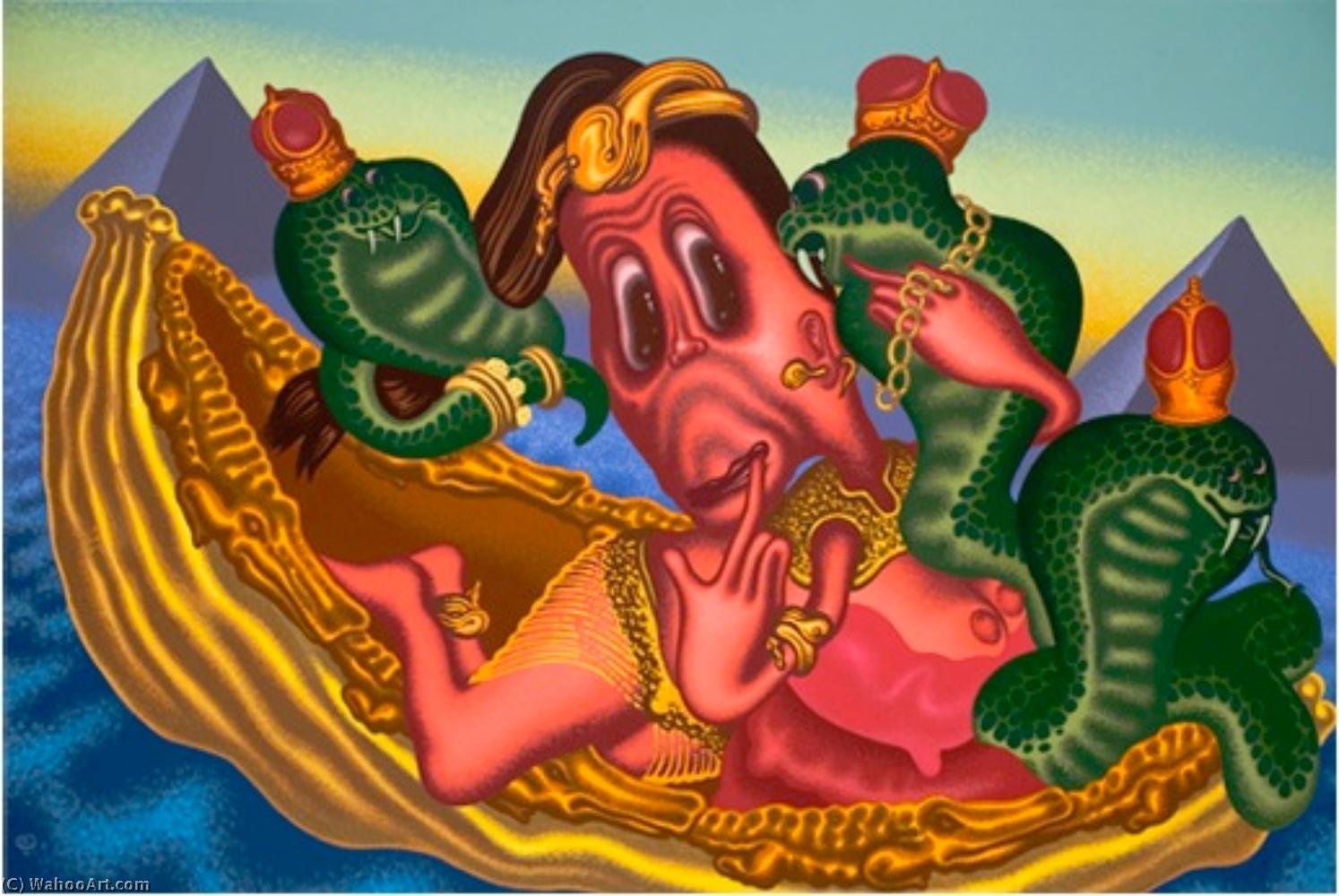
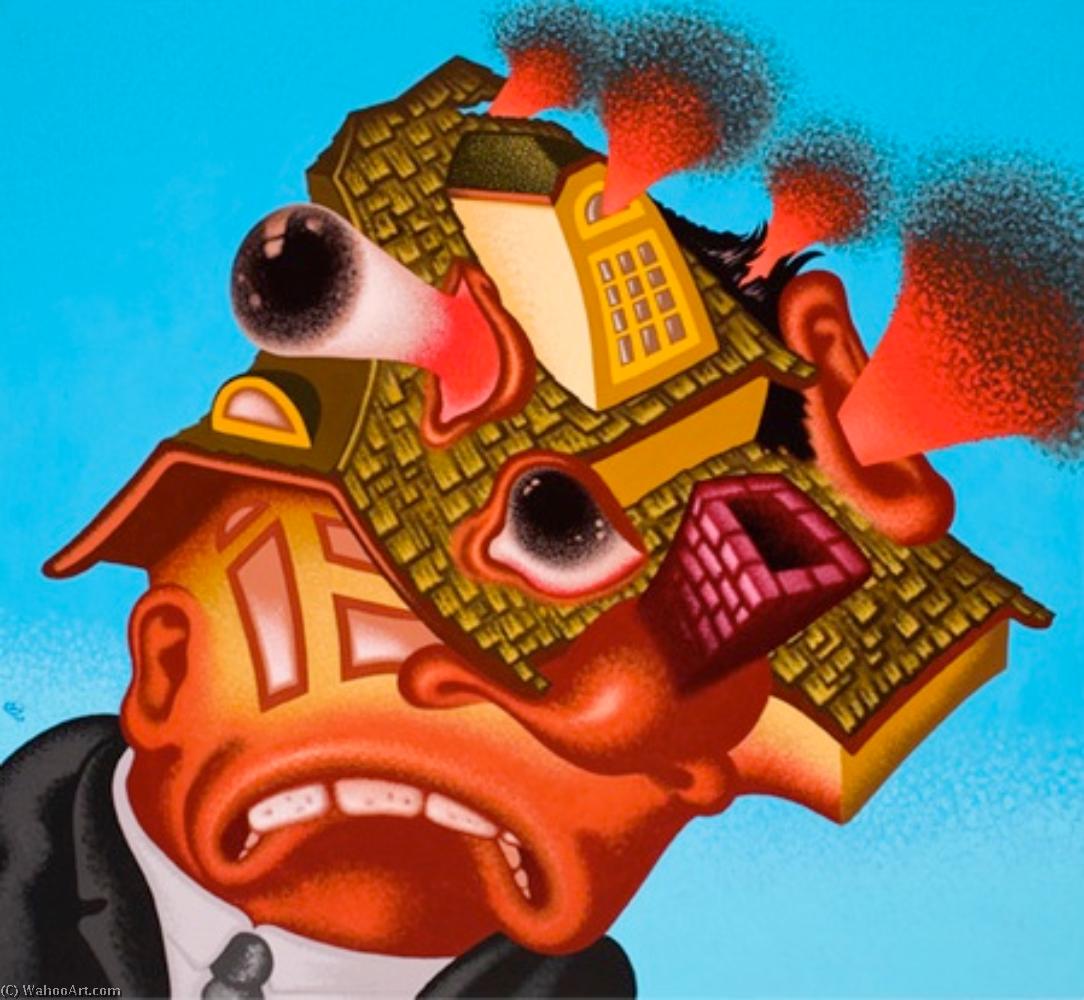
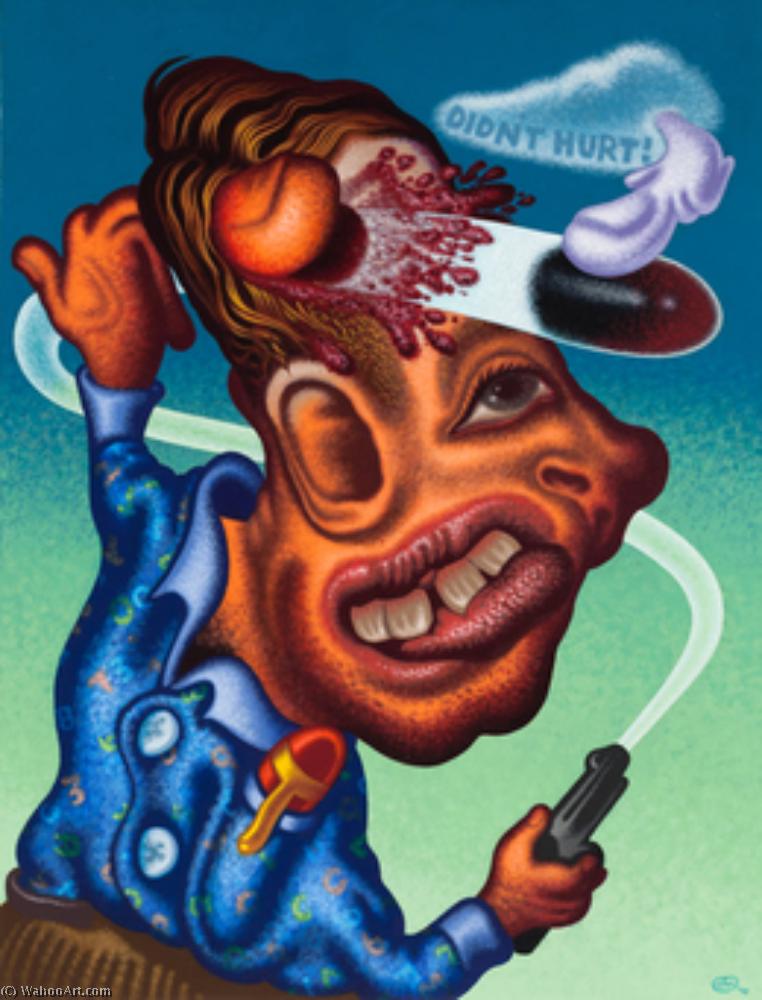
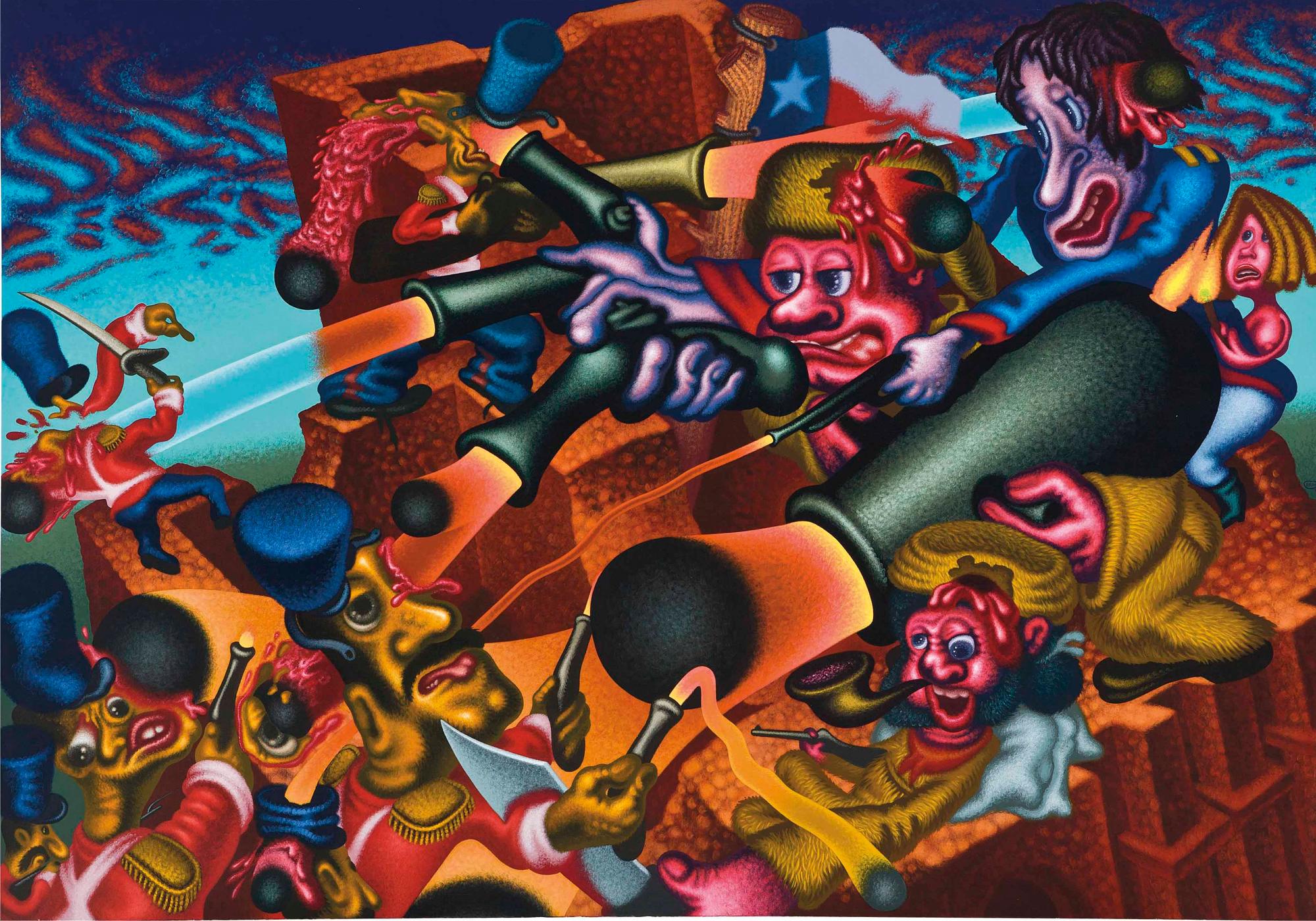
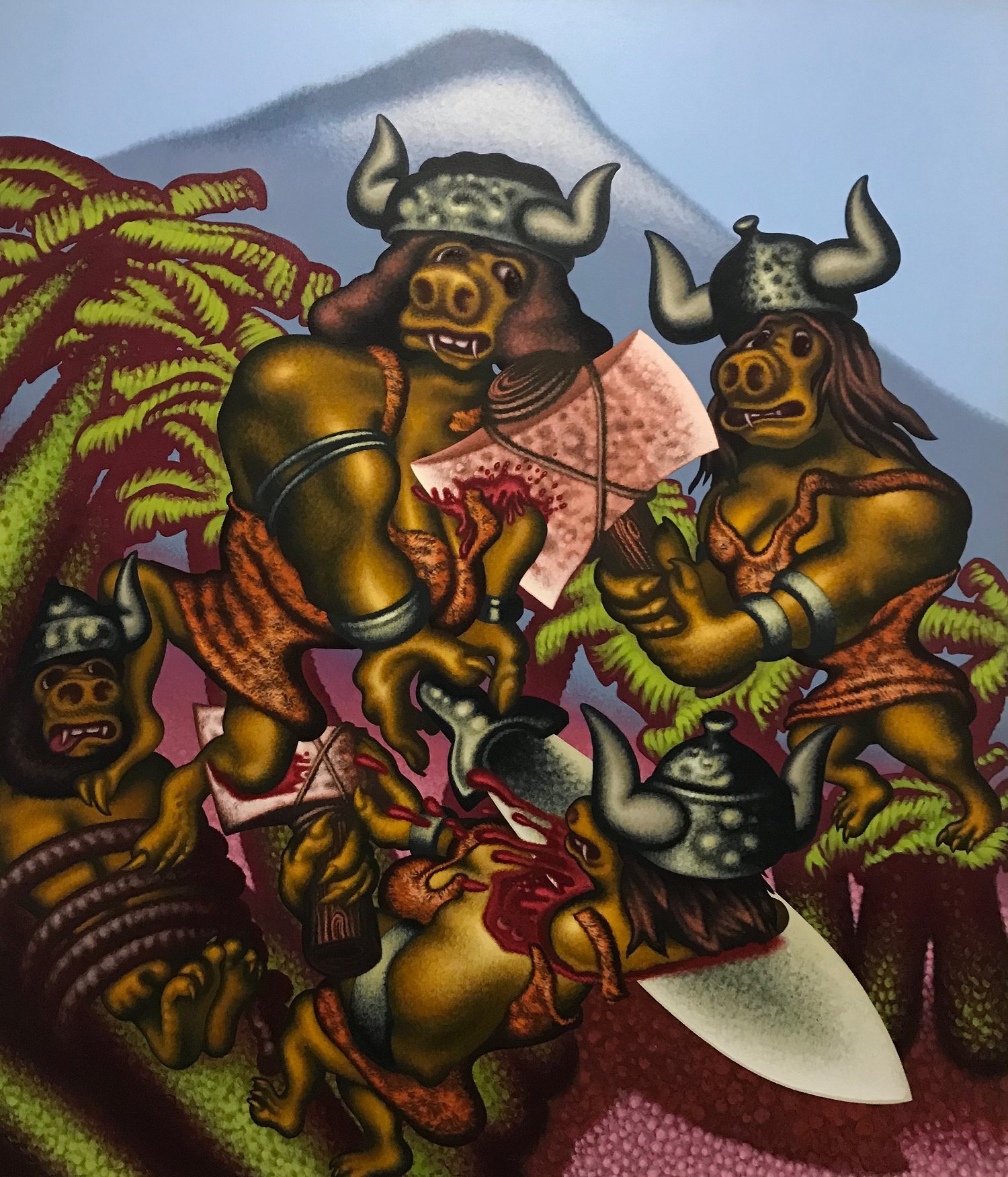
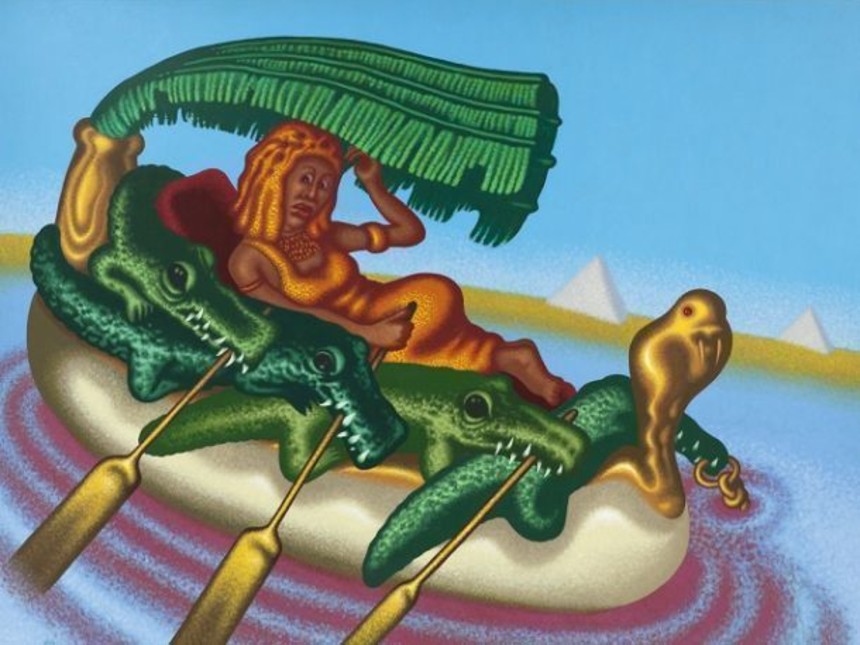
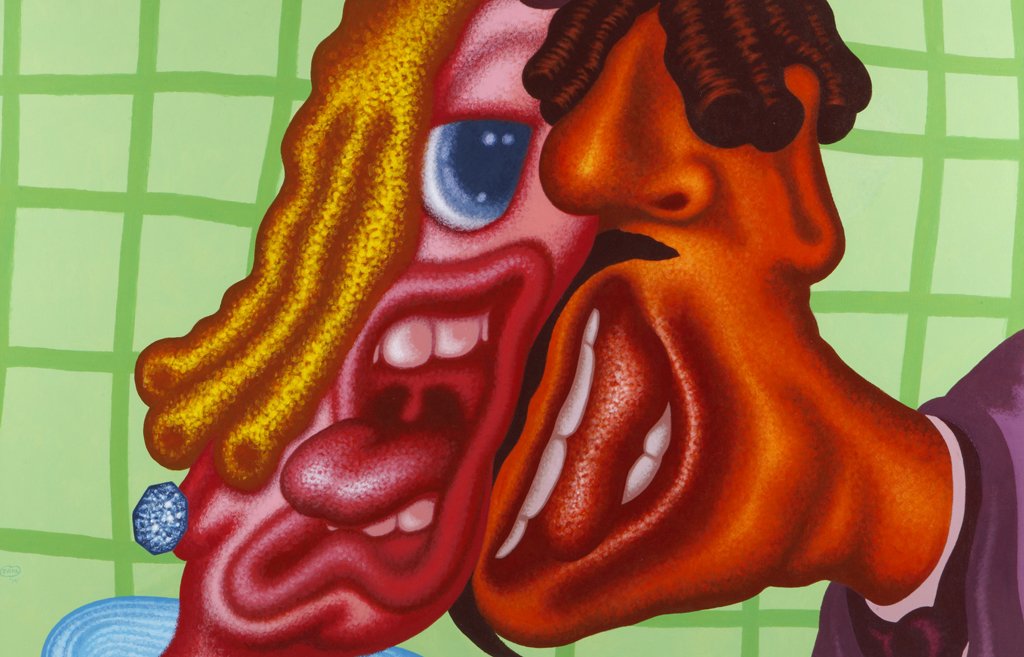


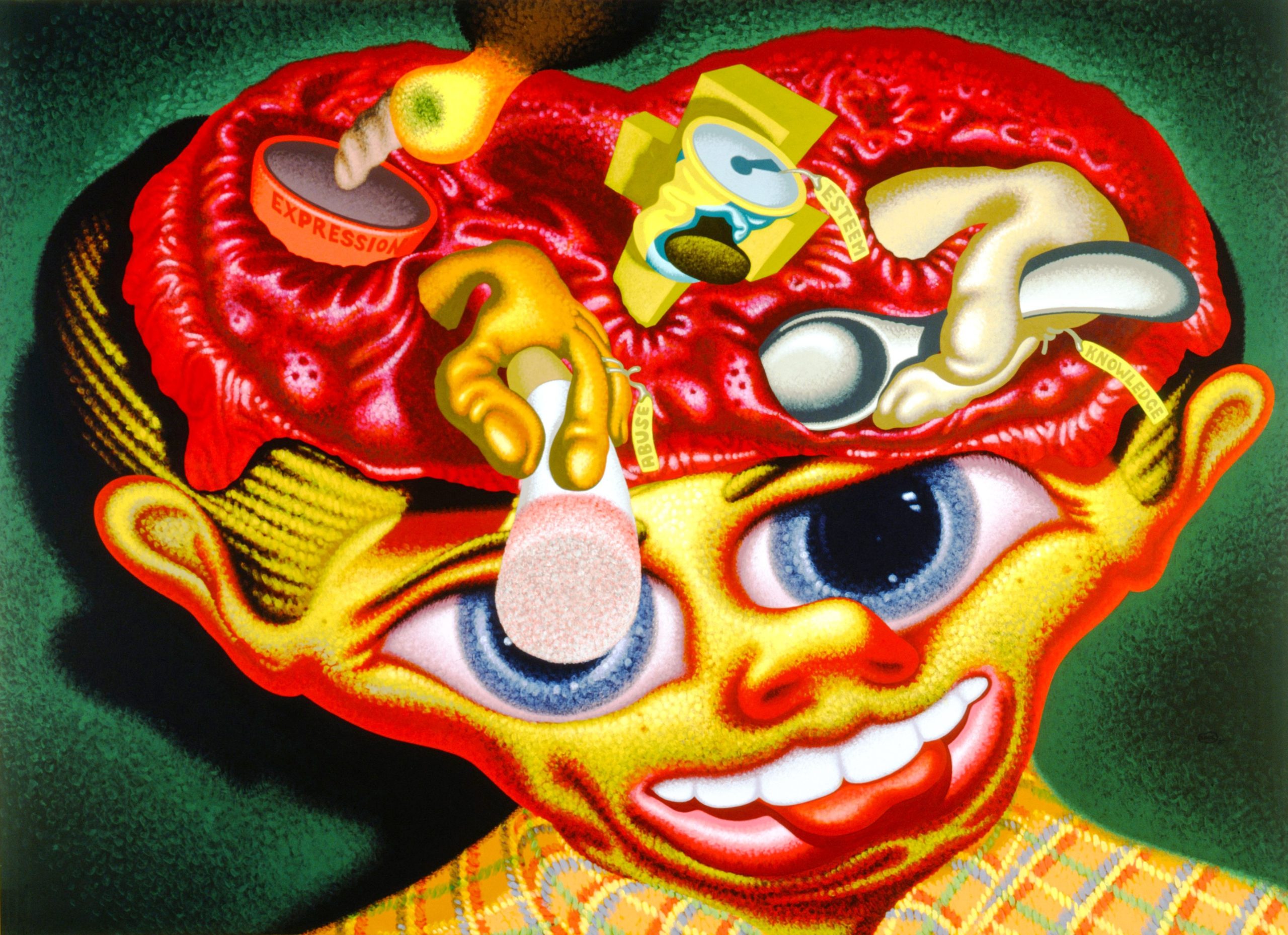

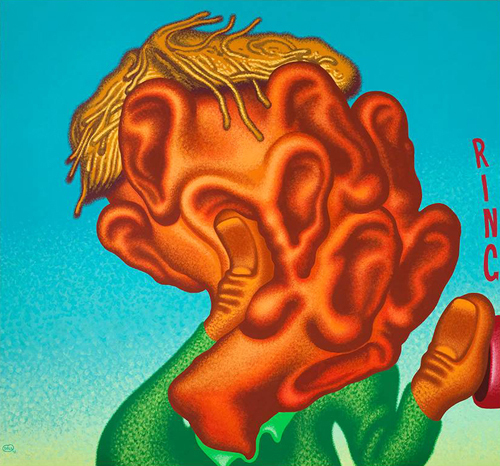
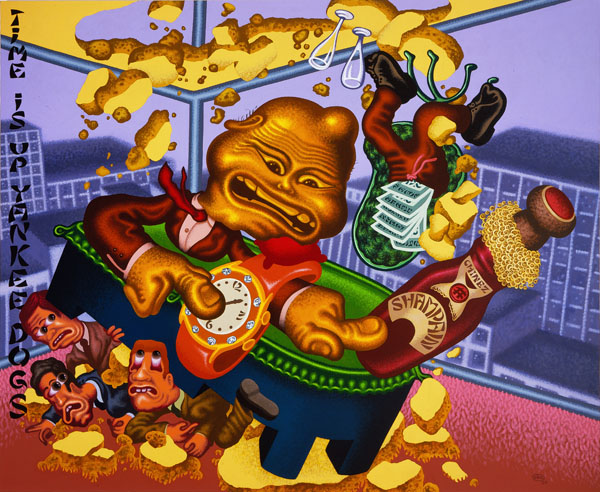

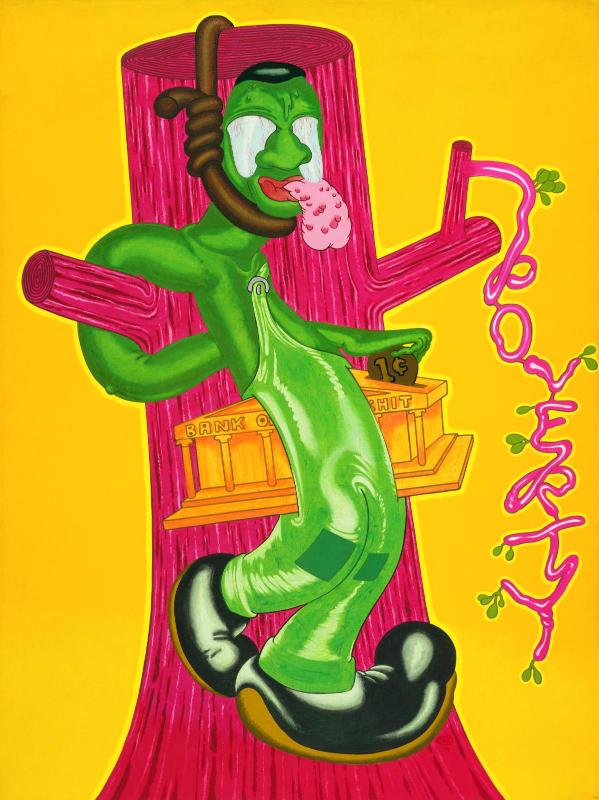
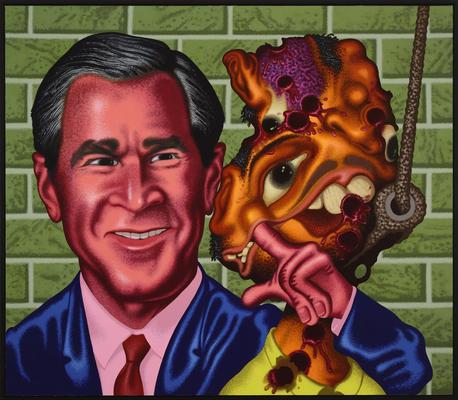

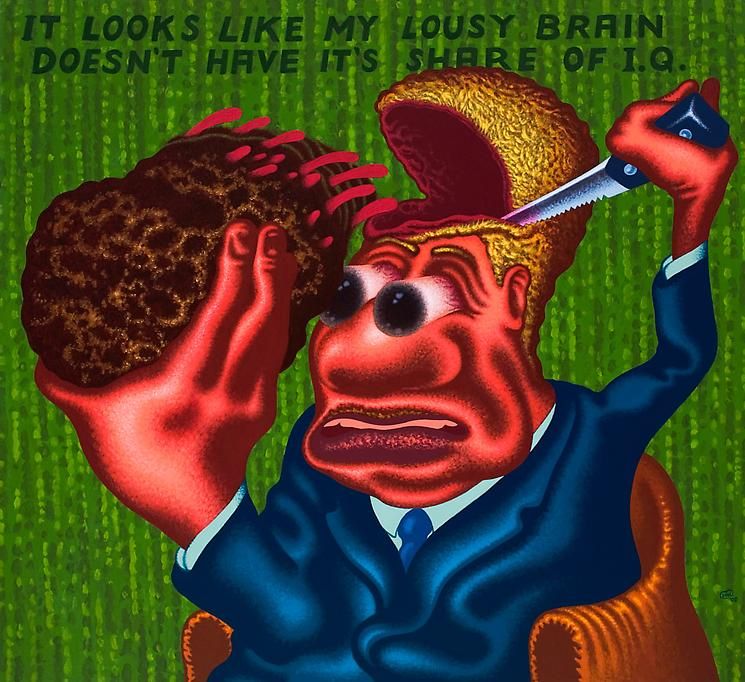
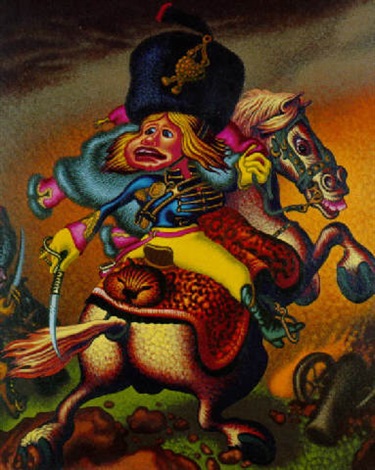
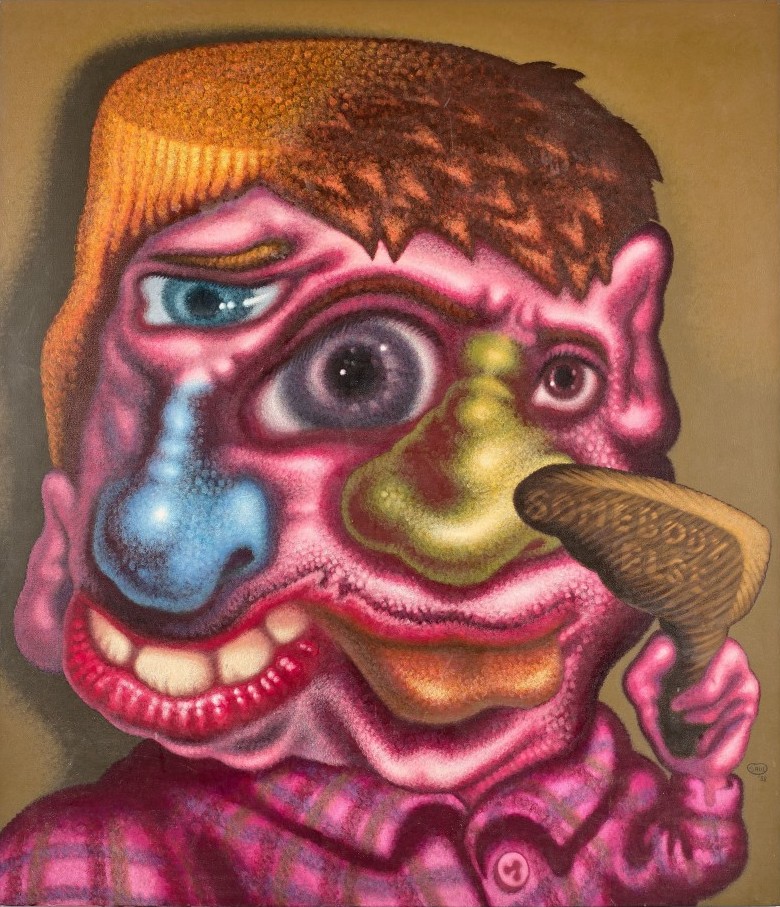




 Now available in North America
Now available in North America 